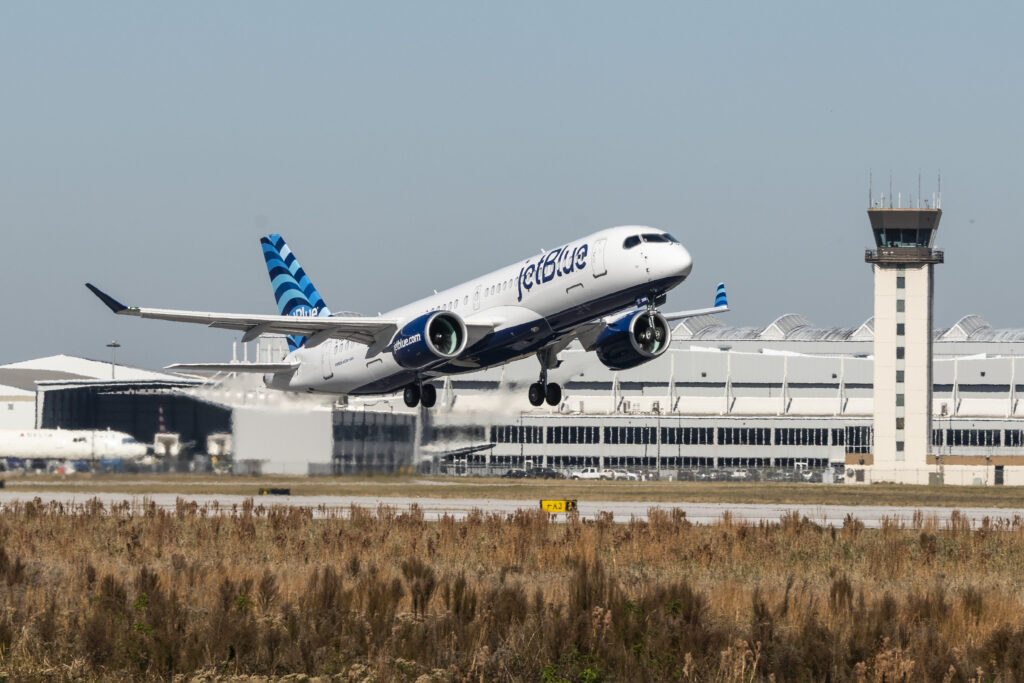NEW YORK- A dog on the runway at John F. Kennedy International Airport (JFK) caused multiple aircraft, including JetBlue Airways (B6) flight JBU407, to perform go-arounds on April 17, 2025.
Following this, two other aircraft had to execute a go-around, and another flight experienced a delay in its departure.
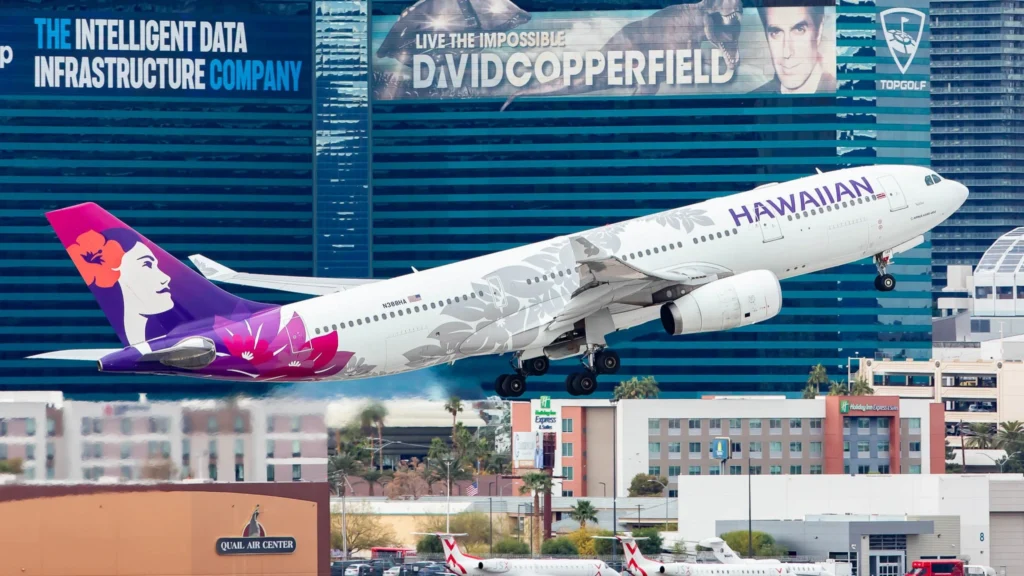
Dog Led to Go-Arounds
On April 17, 2025, a JetBlue Airways (B6) Airbus A220-300, registration N3194J, operating flight JBU407 from Portland (PWM) to New York (JFK), was on short final for runway 31R when air traffic control issued an urgent go-around instruction.
A stray dog had wandered onto the active runway, posing an immediate hazard. The controller’s radio transmission, “There’s a dog on the runway right now causing chaos,” underscored the urgency of the situation.
The disruption extended beyond B6407. Two additional flights—JetBlue (B6) flight B6404, an Airbus A320, and Hawaiian Airlines (HA) flight HA50, an Airbus A330—were also directed to go around to maintain safe separation. A fourth flight, Endeavor Air (9E) flight EDV5066, operating a CRJ900, similarly aborted its landing.
On the ground, an Avianca Costa Rica (LR) flight, LRC671, operating an Airbus A320neo, faced a delay as controllers adjusted runway operations to address the incursion.
Ripple Effect
The rapid succession of go-arounds and the ground delay reflect the ripple effect of a single runway intrusion.
The incident, though resolved without injury or damage, disrupted the tightly coordinated operations at one of the world’s busiest airports, emphasizing the need for robust contingency measures.
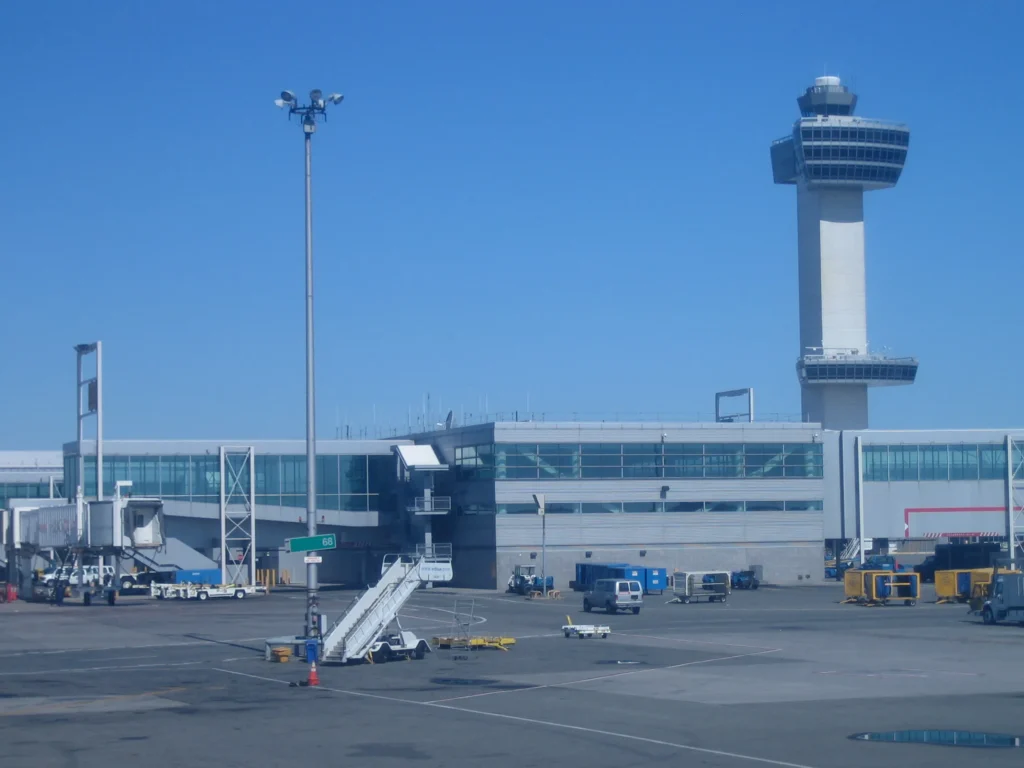
Pivotal Role of ATC
Air traffic controllers at JFK demonstrated exceptional situational awareness and decisiveness during the incident.
The immediate go-around instruction to JetBlue’s JBU407, followed by clear directives to subsequent aircraft, prevented potential collisions and maintained order in high-density airspace. Standardised aviation phraseology, such as “go around,” ensured pilots understood and executed instructions without delay.
Controllers also resequenced arriving aircraft and managed ground traffic to mitigate further disruptions. Their ability to adapt to an unforeseen threat, like a stray dog, highlights the importance of continuous runway monitoring and real-time decision-making.
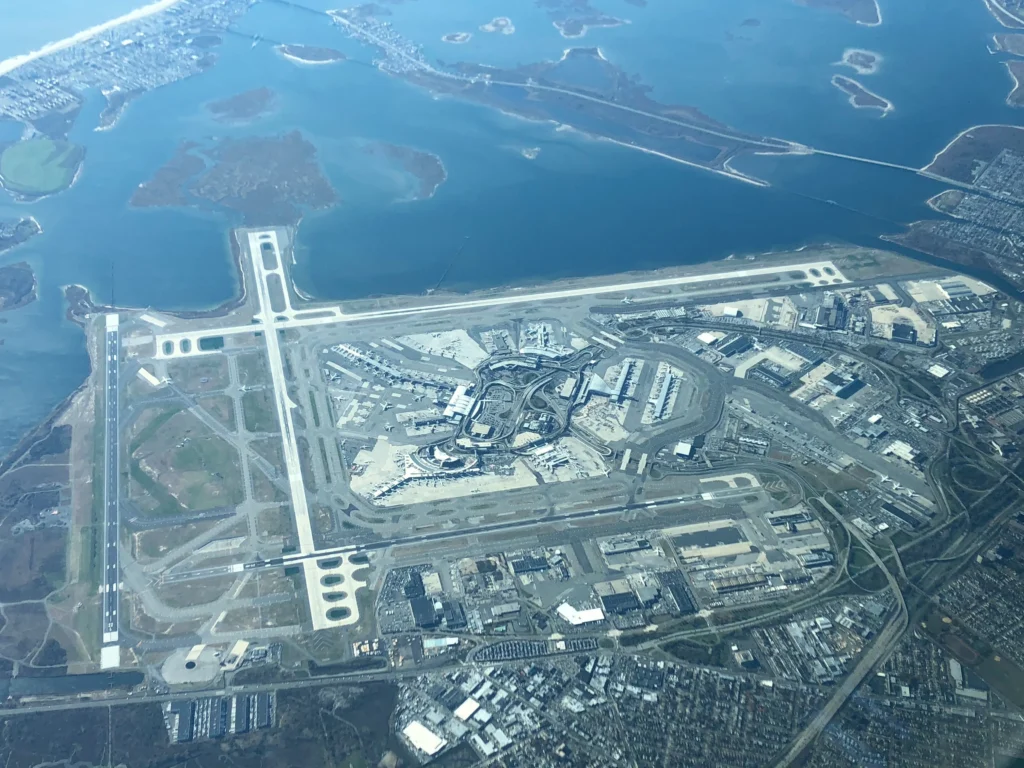
Impact on Airport Operations
The stray dog incident caused 3 aircraft to perform go-arounds and delayed one aircraft on the ground, temporarily straining JFK’s operational efficiency. For passengers, this translated to minor delays, while airlines faced increased operational costs.
Controllers prioritised clearing the runway and reestablishing normal operations, but the incident exposed vulnerabilities in runway safety protocols. Airport officials are now reviewing perimeter security and wildlife management strategies to prevent similar disruptions.
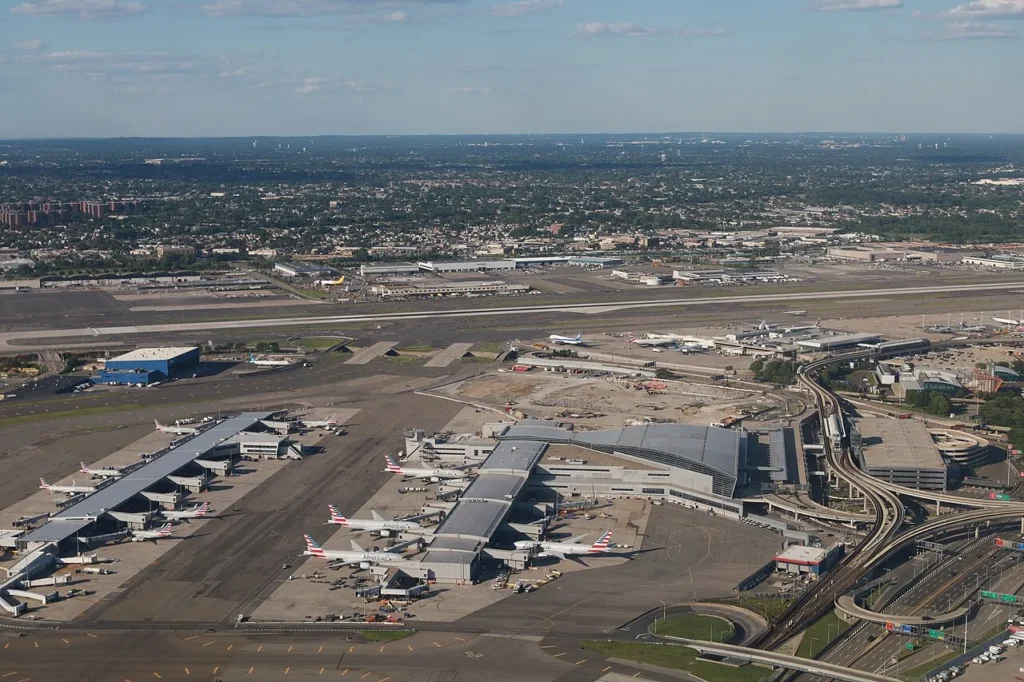
Runway Safety Measures
Potential improvements include upgraded perimeter fencing, advanced wildlife detection systems, and stricter monitoring of airport grounds. Wildlife incursions, though rare, pose significant risks, as demonstrated by this event.
The incident also reinforces the need for ongoing training for air traffic controllers and pilots to handle unexpected scenarios. As air travel demand grows, airports like JFK must invest in technology and protocols to minimise disruptions while prioritising safety.
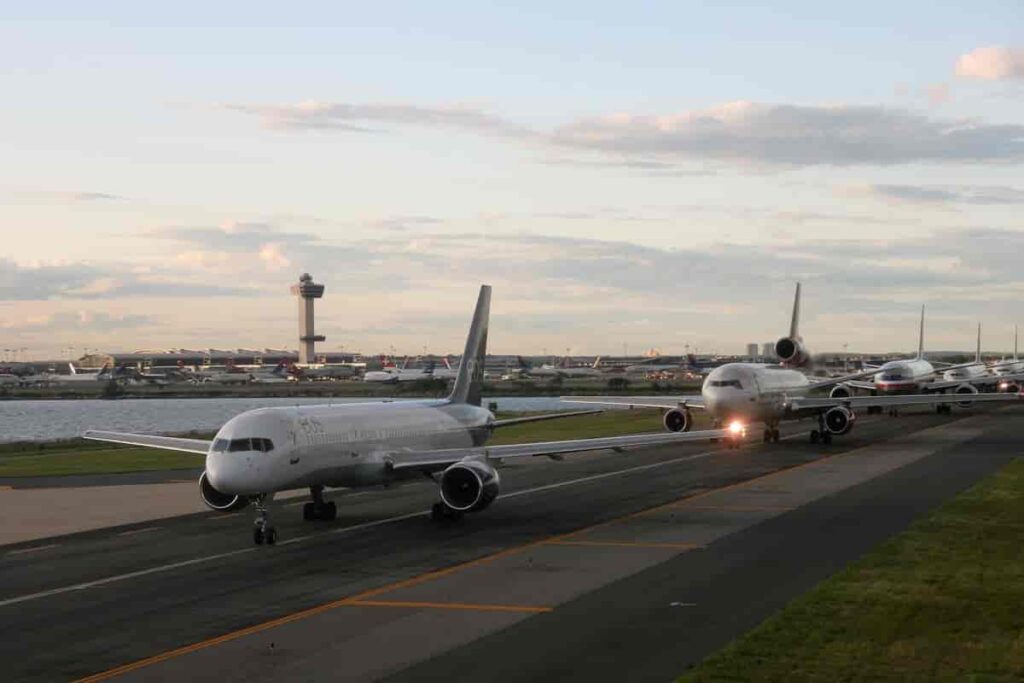
Bottom Line
The stray dog incident at JFK Airport serves as a stark reminder of the unpredictable challenges in aviation. Through swift action and clear communication, air traffic controllers averted a potentially dangerous situation, ensuring the safety of all involved.
However, the event highlights the importance of proactive measures to prevent runway incursions and maintain seamless operations at busy airports.
Stay tuned with us. Further, follow us on social media for the latest updates.
Join us on Telegram Group for the Latest Aviation Updates. Subsequently, follow us on Google News

